Travel Musings – Being Shiva – Create with love, Abandon without a care
Travel musings
Solo travel has a great way of clearing the mind. It allows one to think and delve into the self in relative anonymity. Paradoxically, the constant movement of travel induces a strange stillness of the mind – Samatha and hence Vipassana, as the Buddhists would have it… These are some of my travel musings on the concept of Being Shiva – Creating with Love, and then Abandoning without a care.
Being Shiva
I have often been perplexed with the process of creation of a thing of beauty – a painting, a monument, a dish or even a life… And destruction without sorrow… Where there is some deep knowledge of the futility of creation and destruction… In short, being in a Shiva state of mind.
Ever noticed how even a small child, not polluted by the ways of the world, will try to protect a sand castle on the beach from the waves? Isn’t that exactly what we all do in daily life? My house, my car, my job, my poem, my story, my spouse, my child… Below are some meanderings of the mind while wrestling with this thought across some of my travels around the world.
Travel musings on creation, destruction and attachment
“Isa, Son of Mariam said: The world is a bridge, pass over it, but build no houses on it…” This is an ancient inscription on the Bulund Darwaza in Fatehpur Sikri. It quite explains why Emperor Akbar chose to build a city with love. And then abandoned it after completion without a backward glance…
The Shiva Linga of Rishikesh
I was on a solo sabbatical in the Himalayas a few years back. During that time, I spent a few aimless days in Rishikesh. On the banks of the mighty Ganga, when the water level is at its lowest, large beaches form in the river banks. On one such bank near the Lakshman Jhula, I noticed a large rock with a perfectly flattened top and a perfect Shiva Linga carved in the middle of the smooth top. Intrigued, I kept sitting and staring. I then noticed steps on the side of the rock, roughly-hewn, but steps nevertheless. A tea shop owner nearby told me a strange story about it.
The holy man and his creation
Apparently, many years ago, a holy man had come by and made the place his home. He spoke with none and kept himself busy by first carving the steps on the rock. He then spent entire days on top of the rock, painstakingly smoothening it out with the center being left alone. The evening would be spent smoking a chillum in his rough shelter on the banks. Once the top was smoothened out with the exception of the center, he started work on the center where he shaped a Shiva Linga. Painstakingly laborious work with just a chisel and hammer.
The holy man and the abandonment of his creation
Once his work of art was complete, he sat back and viewed it over a chillum. The villagers who had witnessed all this, were preparing for worship at this new temple. They expected the holy man to stay and become the priest there. The next morning, they saw him take a long last look at his creation of outstanding beauty and painstaking work. He then left without a backward glance!
The work of creation was to him a form of meditation. The thing of beauty that he created had no meaning for him after creation – it was just a source of attachment. He broke it and left! Sounds similar to the inscription on the Bulund Darwaza?
The musicians of Zagreb
On one of the streets in Zagreb, I chanced upon an elderly couple playing a lovely romantic song. And looking at each other with pure love dripping out of their gaze. They just sat and created beauty, not bothered about the passersby, coins in the hat nearby or even the rest of the world. Creation of fleeting moments of pure joy for themselves and others!
Sand Mandalas in Tibet
Another instance was in Tibet. I was visiting the Sera monastery, a short distance from Lhasa, and chanced upon a set of monks creating a beautiful piece of art with colored sand. It was a lovely geometric figure with painstaking attention to detail. It resembled the Hindu mandala (Yantra) of a square with four gates, containing a circle and a center point. I was very interested and sat there for a while witnessing this.
On asking a monk there as to the purpose of this, he said the idea was to underline the impermanence of things. The monks would labor over this (sometimes for over a year) and present it in a ceremony to the others in the monastery. They would then destroy it! I was so engrossed in thought, that I forgot to take a picture of the Mandala that they were creating… This is a representative picture of what the sand mandala is… And the Sri Yantra of Hinduism. Notice the similarities?
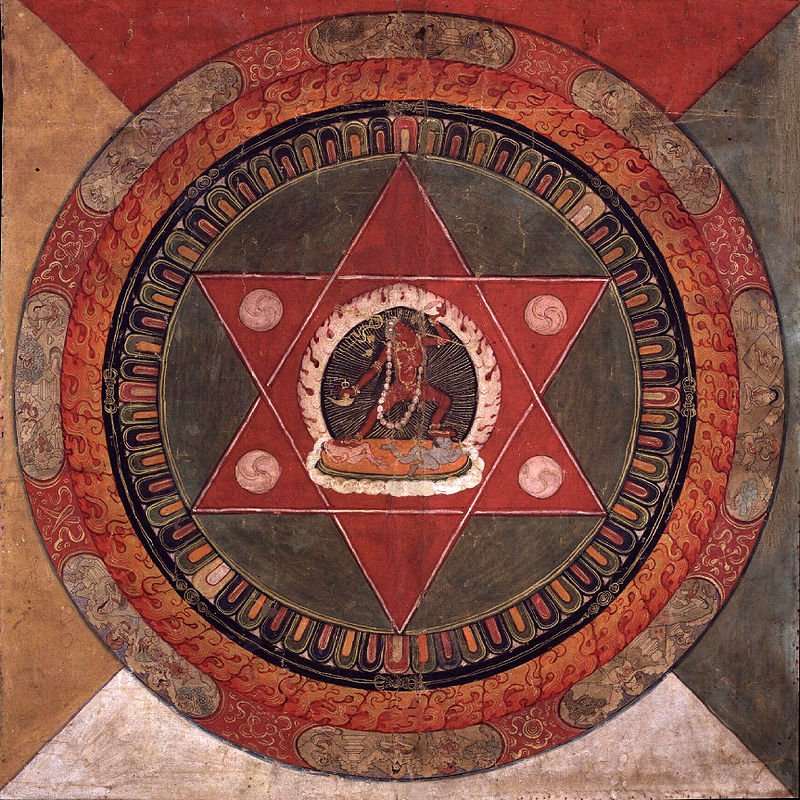
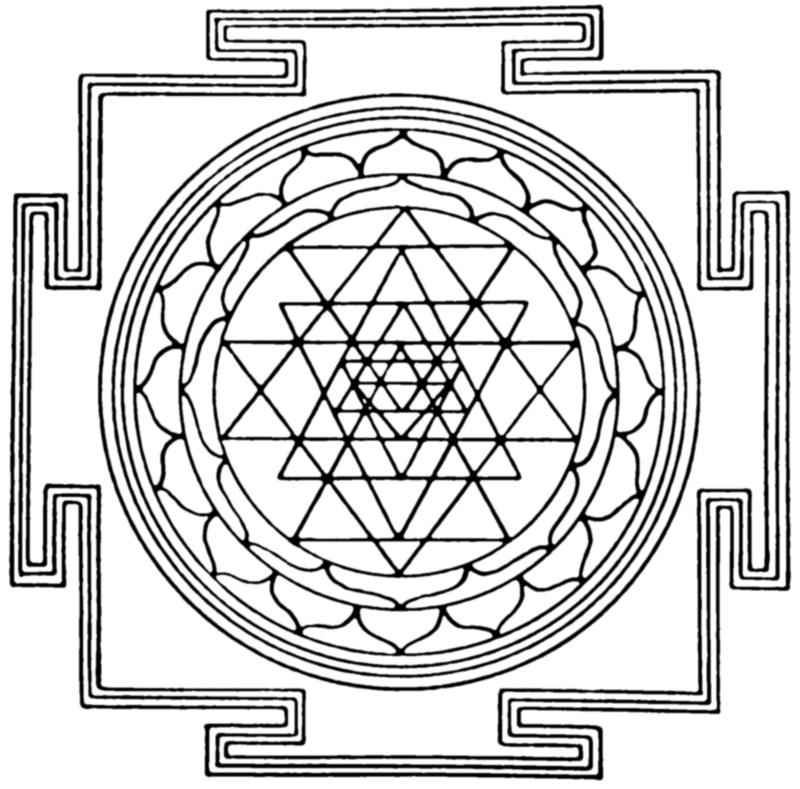
The Old Man and his Bowl in a monastery in Mechuka
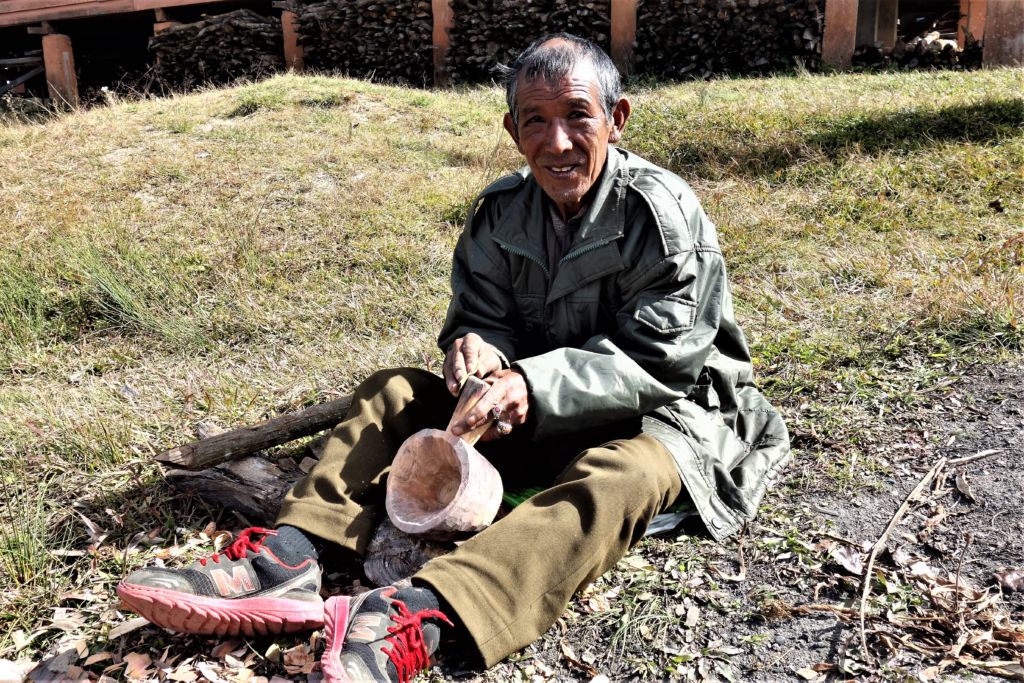
Once I was on a trip with friends to a little-known hamlet called Mechuka in Arunachal Pradesh in North-east India. A beautiful valley nestled amidst lofty mountains. A number of treks are available nearby. One of them was to a monastery on a small hill nearby. We went there one morning and reached by the afternoon. There was no one but us around and an old caretaker.
He was very busy whittling away at a block of wood that he was hollowing out to make a bowl. Reminded me of Hemingway’s novel “The Old Man and the Sea”… Have you read it?
I sat with him and asked about the purpose. He said it was meant to be given away to whoever came by when it was finished. All that care and effort in creating a beautiful bowl to be given to a stranger! And then what? He just smiled at my question… And said he would then start work on something else!
The Kolam tradition of South India

In the south of India, especially Tamil Nadu, every morning, the lady of the house creates a beautiful drawing outside the gate. This is called a kolam. Typically set in geometric patterns, some are quite intricate. This is done with powdered rice, at times colored. Its quite a matter of pride for them to have the best looking kolam outside the house. And then it is left at the mercy of the weather, wind and passersby to trample and destroy it in passing… The tradition of Rangoli in the North of India is quite similar. Again, creation for the sake of creation with no attachment…
Guru Nanak and the birds
There is a story of a young Guru Nanak, the revered Sikh teacher, who was tasked with guarding the crop from birds. He allowed the birds to peck away at the grain and when taken to task, replied
“Ram ki chidiya, Ram ki khet,
kha le chidiya, bhar bhar pet”
Roughly translated, it means, “Its God’s bird and God’s crop, Eat away, bird, eat till you fill your stomach…”
Travel musings on the essence of Being Shiva – Joy
After a few such experiences, I have now realized what many teachers and saints have been trying to teach us over the centuries through stories, songs, rituals and traditions. The essence of this is the core Hindu concept of “Nishkama Karma”, doing one’s work without expectation of results… Or a deep understanding of impermanence, the concept of “Anitya” in Buddhism… This sense of impermanence, snaps the thread of ownership of an object from its creator. And hence the dissolving of the illusion of reality and ownership (Maya as Hindus would call it). Resulting in the death of attachment.
This leads to deriving joy through creation without being attached to the creation. True for all creation – art, property, relationships, even children… This is the essence of happiness. The essence of being Shiva. It will take me quite a while to get there, I guess… 😉 Till then, I will travel, think and compile my travel musings… 😉
Is the increasing rate of suicide linked to this concept?
The recent suicide of Sushant Singh Rajput, a young Bollywood film star brings this out starkly. A person who is a success by all reckonings. The star of hit Hindi films like Chichchore, PK, Sonchiriya, etc. A household name in India. Doing extremely well for himself (ostensibly). Living a life that many can only dream of… He suddenly decides to take his own life. Why? The attachment to results? The inability to handle failure with as much alacrity as handling success? Who knows… All one knows is that one has lost a fine actor and more importantly, a young life…
Do you have musings of you own on this? Please comment below and let me know…
Head out on your own solo travel
In case you too want to experience the joys of travel musings, try solo travel and experiential travel. It works – I assure you…
Read about some of the other interesting places in Mysterious India. Or maybe the places of spiritual significance in India?
In case culture is of interest, check out the places of cultural interest in India.
India is a many-faceted country. It celebrates the mysterious, cultural, natural, wildlife, spiritual and more… Here is some more information on these facets of India, to help you travel beyond the regular tours and packages to India.
And if you are looking to have interesting experiences around India, Asia, Europe or Africa, visit Beyonder Travel.

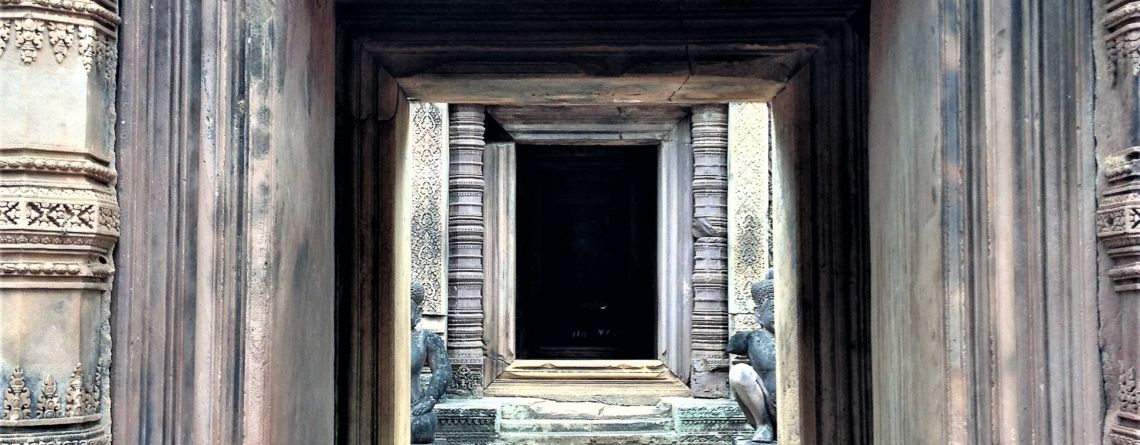




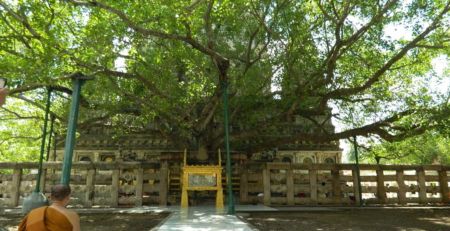





Comments (8)
Good one sir
Thanks Bharath. Glad you liked it.
Nice Article anand
Thanks. I’m glad you liked it…
This is truly insightful, moving stuff. Tui amader guru! You set the bar high.
Thanks Purno. Glad you liked it…
This is exceptionally well-written and some great life-lessons! Constant and continuous reflection on the impermanence of everything is what we all need!
Thanks TSN. I’m glad you liked it. Travel has taught me a lot on the relative importance that one gives to things, relationships and life-events…